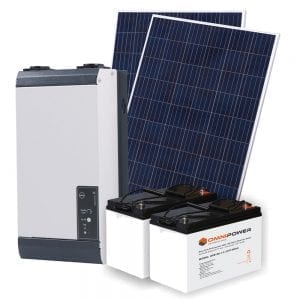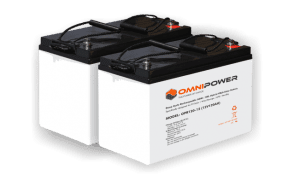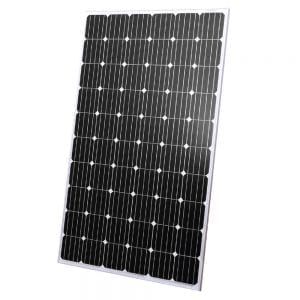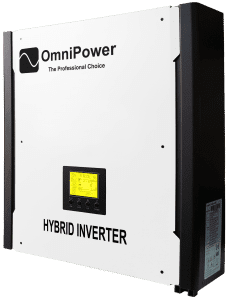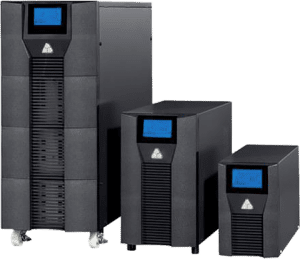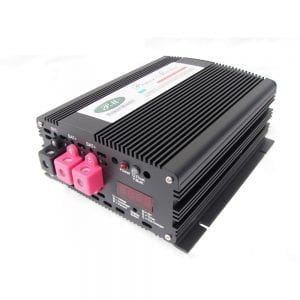Line-interactive UPS systems use automatic voltage regulation (AVR) to correct abnormal voltages without switching to battery. (Regulating voltage by switching to battery drains your backup power and can cause batteries to wear out prematurely.) The UPS detects when voltage crosses a preset low or high threshold value and uses transformers to boost or lower the voltage by a set amount to return it to the acceptable range.
Double Conversion On-line UPS systems use a more precise method of voltage regulation: they continuously convert incoming AC power to DC power and then convert the DC power to ideal AC output power. This continuous double-conversion operation isolates connected equipment from problems on the AC line, including blackouts, brownouts, overvoltages, surges, line noise, harmonic distortion, electrical impulses and frequency variations.
Double Conversion Online UPSes can be transformer-based or transformerless.
In a traditional transformer-based UPS, the power flows via the rectifier, inverter and transformer to the output, with the transformer used to step up the AC voltage levels, protect the UPS from load disruptions and provide galvanic isolation.
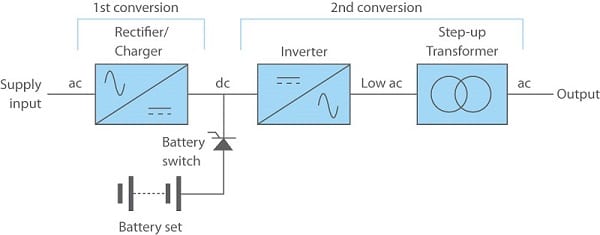
Transformerless UPSes operate in the same way, apart from one key difference. They use insulated-gate bipolar transistors (IGBTs) that are capable of dealing with high voltages, eliminating the need for a step-up transformer after the inverter. This improves the energy efficiency of transformer-free uninterruptible power supplies.

Shop for a UPS on our online store or let our experienced technical sales team advise you on the correct UPS for your application: 011 886 7874 or [email protected].

